Jewish History: Antisemitism

Lilli Henoch
Lilli Henoch quickly developed a love for sports as a child and joined the Berlin Sports Club (BSC), where she was a key player on its handball, hockey, and track teams. She achieved many feats, notably a world record in the 4x100 meter relay race in 1926. She kept competing in Jewish leagues through 1942, when she was deported and murdered.
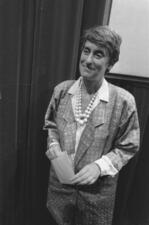
Judith Herzberg
Judith Herzberg is a Dutch Jewish poet, essayist, screenwriter, and professor who has been hailed as one of the greatest living Dutch poets for her ability to imbue everyday objects with unexpected meaning. Making her debut as a poet in the early sixties, Herzberg has written poems, essays, plays, film scripts, and television dramas, with many translations and adaptations to her name.
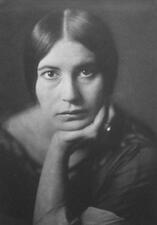
Nini Hess
In the years between 1914 and 1933, numerous significant personalities in art, culture, politics, society and sport met in the photographic portraiture studio of Nini and Carry Hess. With their technical and aesthetic brilliance, the sisters were among the leading photographers in Germany of the time.
Eva Hesse
Eva Hesse created innovative sculptural forms using unconventional materials such as latex and fiberglass and gave minimal art organic, emotional, and kinetic features. She scorned the decorative, creating sculptures out of repeated units which embodied opposite extremes. Her large fiberglass and latex works are recognized as major works of the 1960s artistic era.
Higher Education Administration in the United States
Higher Education in Central Europe
Jewish women were disproportionally represented at Central European universities before WWI and during the interwar years. Acculturated Jewish society saw higher education as a way of integrating itself into the educated bourgeoisie. Attending university offered women greater personal independence, even as they faced antisemitism and ridicule.
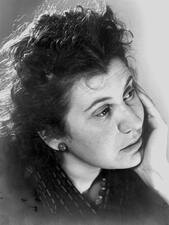
Etty Hillesum
Etty Hillesum’s diary, which she kept between 1941 and 1943, is the only extant source about her. Explicit in both its expression of sexuality and profession of faith, Hillesum’s diary reflects a mature, nonconformist Dutch woman attempting to grapple with the changing landscape of her internal and external worlds.
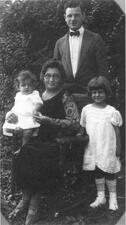
Bessie Abramowitz Hillman
Dorothea Hirschfeld
Too old, not properly educated, a member of the Social-Democrat Party, and a Jewish woman, Dorothea Hirschfeld nevertheless succeeded in entering the civil service at the age of forty-three. She directed the Berlin Center for Social Work and Care of the Poor in Berlin from 1924 to 1929, and despite being pushed out of work by the Nazis, survived deportation and remained in Germany until her death in 1966.
Gertrude Hirschler
A celebrated translator of deft skill and a woman of great principle, Gertrude Hirschler refused to translate, edit, or publish any book that did not mesh with her ideals or beliefs. Hirschler’s literary contributions are highly regarded in the areas of Jewish history, the Holocaust, religious literature, and Zionism.
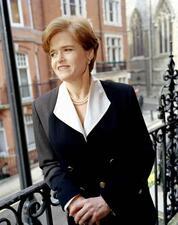
Historians in the United States
American Jewish women have made important contributions to historical scholarship, especially in the arenas of social history of the United States and Europe, women’s history, and Jewish history. Jewish women, sensitive to the situations of minority groups, became pioneers in these fields as they developed from the 1970s on.
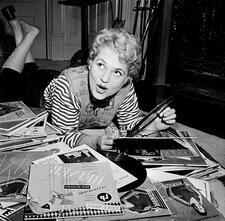
Judy Holliday
A brilliant actress and comedian, Judy Holliday won an Academy Award for her performance as the not-so-dumb blonde in Born Yesterday and performed thousands of times on Broadway. Holliday epitomized the duality of her American-Jewish heritage, as she was a successful performer who was investigated for subversive activities in the McCarthy Era due to antisemitic suspicions.
Holocaust Literature
Literature by and about women and the Holocaust explores the impact of the Nazi genocide on women during and after the war, its impact on subsequent generations, and the reflections of women on the implications of the Holocaust. Encompassing a range of literary genres, including fiction, poetry, drama and memoir, women’s Holocaust writing explores the intersection of history, imagination, Jewishness and gender.
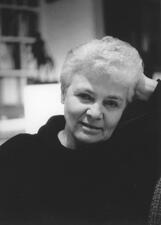
Holocaust Studies in the United States
International Council of Jewish Women
The International Council of Jewish Women (ICJW) is a Jewish women's organization established at the beginning of the twentieth century, which evolved with the needs and events over time. As a women’s NGO, ICJW participates in a variety of projects promoting women’s rights and human rights, motivated by its roots in Judaism.
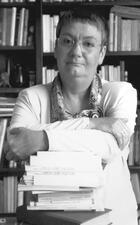
Modern Italy
Jewish women were crucial both to changes in post-emancipation Italian Jewish life and to the overall condition of women in modern Italy. This article reflects on the changes in the role of Jewish women in modern Italy within the Jewish press and institutions, their activism in shaping a secular civil society, and their experiences through the Fascist regime, the trauma of the 1938 Racial laws, emigration, resistance, deportation, survival, and reconstruction.
Izieu, Women of
Nazi Klaus Barbie’s capture, deportation, and murder of forty-four Jewish children living at a home in Izieu, France, in 1944 is known primarily as a story of children, but the bravery of five women is also a significant part of the tale. Sabine Zlatin, Léa Feldblum, Suzanne Levan-Reifman, Fourtunée Benguigui, and Ita-Rosa Halaunbrenner were workers at the home or mothers of children who lived there. They played critical roles testifying against Barbie in his 1987.
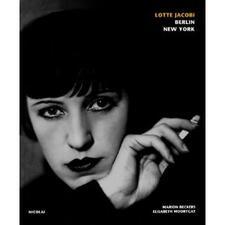
Lotte Jacobi
After leaving Nazi Germany in 1935, Lotte Jacobi became a renowned photographer in New York as she captured intimate portraits of prominent Americans such as Robert Frost, Eleanor Roosevelt, and Paul Robeson. Jacobi was highly interested in politics and an active delegate to the Democratic National Convention. She was known for engaging her subjects in rich conversation as she photographed them.
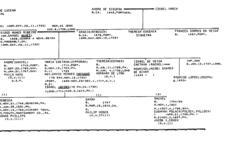
Zipporah Nunes Machado Jacobs
Zipporah Nunes was born a Conversa in Portugal circa 1710. After escaping to London to avoid being re-examined by the Inquisition, her family began practicing Judaism openly; later she became one of the first Jews to settle in the newly formed colony of Georgia in 1733.
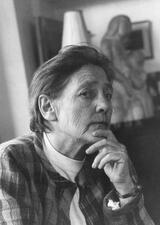
Marie Jahoda
Marie Jahoda was a major figure in social psychology, known for her work on the effects of unemployment on emotional well-being, as well as the social impact of McCarthy-era blacklisting. Jahoda received an award for distinguished contributions to the public interest from the American Psychological Association in 1979.
Ira Jan
Ira Jan, a painter and writer, was the first Hebrew artist in pre-State Palestine. Born in Kishinev, Jan graduated from the Moscow Art Academy and traveled Europe before immigrating to Palestine in 1908. Known for her love affair with Chaim Nachman Bialik, she immigrated to Jerusalem in 1908, engaging in painting and teaching and publishing her stories in a number of periodicals in Palestine.
Geneviève Janssen-Pevtschin
Geneviève Janssen-Pevtschin was an accomplished lawyer, magistrate, and human rights activist in Belgium. She was active in resistance movements during World War II and is remembered for her passion, respect for human liberty, and dignity.
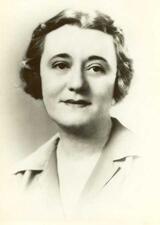
Laura Margolis Jarblum
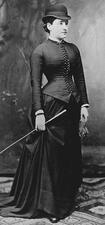
Jewish Feminism in Post-Holocaust Germany
Jewish feminism in Germany today is an expression of a wide-reaching renewal of Judaism occurring in many European countries since the early 1990s. German Jewish feminists built on the historical tradition of the Jewish women’s movement in pre-Holocaust Germany and has since taken many paths.
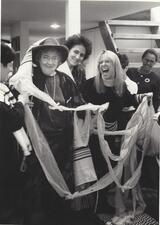
Jewish Feminism in the United States
Challenging all varieties of American Judaism, feminism has been a powerful force for popular Jewish religious revival. The accomplishments of Jewish feminists have transformed American Jewish life, even as the ultimate goal of gender equity and shared power has yet to be fully realized.


